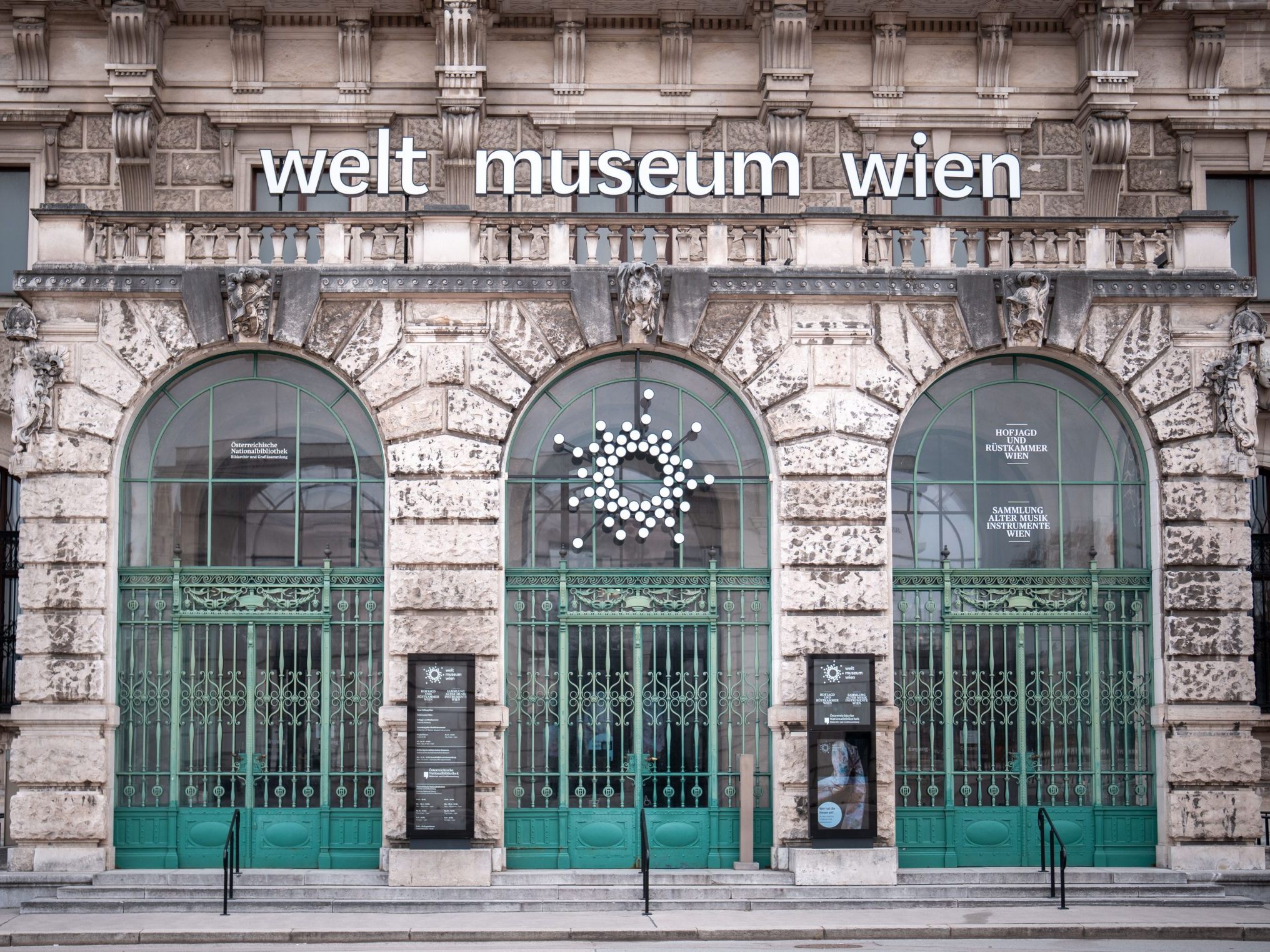No way dead pants: Special Exhibition at the Vienna World Museum

Before the pants made their appearance at the press tour on Monday, Claudia Banz herself stepped into the spotlight for the first time as the director of the Weltmuseum and offered an initial insight into her ideas and views. The museum curator, born in Germany in 1966 and successor to Jonathan Fine, who moved to the Kunsthistorisches Museum and thus to the top of the KHM Association, which also includes the Weltmuseum, understands her institution as a "safe space for cultural dialogue, participation, and future shaping." There, she wants to address "the big questions of our time with openness to other cultures and knowledge systems," as she explained at her inaugural press conference.
Recontextualization and Clarification of Political Questions at the Weltmuseum in Vienna
The permanent exhibition and the "Western-dominated" storytelling of the collections are to be critically examined in order to recontextualize them and to supplement missing perspectives in collaboration with international source communities and local actors. With new formats such as "Material Lab," Banz aims to illuminate "the political dimension of materials in historical and contemporary global processes." Contemporary art and new media are intended to provide impulses on topics such as neo-colonialism or identity and memory in the planned "Contemporary" series.
How does the claim of "big questions of our time" fit with pants? "It all makes sense," assured Barbara Pönighaus-Matuella from the four-member curatorial team - because: "No object is too trivial to address larger and more expansive thematic complexes." Fashion, material science, power struggles, and mass consumption are some of the aspects interwoven in the exhibition - incidentally, initiated by Fine.
Not Just Jacket and Pants - History of a Diverse Garment
At the beginning of the five-room parcours, the pants are introduced as such. In addition to the etymological derivation of the term and patterns printed on walls, one can admire trouser models from different parts of the world in display cases and learn who wore them and when - from a specimen made of polar bear and seal fur from the western Arctic of North America to a Philippine piece made of banana fibers. It continues with a leap to the very beginning of trouser history. One can admire not only the reconstruction of the oldest known pants, about 3,000 years old - found in a Bronze Age burial ground in western China - but also an original from around 900, once worn by a Nubian man and discovered in 1960 during the construction of the Aswan Dam by scientists with Austrian involvement.
Exhibition at the Vienna World Museum Covers Everything from Underpants to Uniform Trousers
How trousers became a symbol of masculine power - objects from the 15th and 16th centuries exaggeratedly highlight the male genital area -, how sports competition and military technology advanced fashion, the role trousers played in the emancipation of women, what pre-modern underpants looked like, can be discovered in the exhibition of around 60 pairs of trousers, as well as details of fastening systems, variations of trouser pockets, or seams as decorative elements. Also on display is the last pair of uniform trousers that Emperor Franz Joseph wore on the day of his death on November 21, 1916. "Last Service" was written by the valet with the corresponding date on the label.
Curator Pönighaus-Matuella: "We also want to end with an encouraging smile"
In the end, the exhibition addresses current issues of environmentally destructive manufacturing processes, such as cotton monocultures or toxic dyeing processes, and questions the phenomenon of "Fast Fashion". "However, we do not want to end only with dystopian seriousness, but also with an encouraging smile," said Pönighaus-Matuella. Therefore, there is also a selfie station where visitors can pose with virtually assigned trousers, and eight tongue-in-cheek designs by young designers for 21st-century trousers.
The trousers exhibition will not be the last with a textile connection in the first year of Director Banz. From October 22, "The Colors of the Earth" on Mexican textile art, natural dyeing processes, and the impact of social media will be on display as one of a total of six special exhibitions this year.
(APA/Red)
This article has been automatically translated, read the original article here.





